When walking down the streets of Newburgh, New York, do you need to look over your shoulder or is someone else doing it for you? Although the city of Newburgh has not released the exact number of surveillance cameras, officials are actively working on its surveillance system.
Recently, the city has decided to add three additional cameras to the street, due in part by a push from Councilman Torrance Harvey to strengthen the “war on crime.” In addition, other cameras that are already in the city are expected to get a makeover, and over time the city hopes to have a thorough video surveillance system.
The new cameras are expected to cost $43,000 to operate, and strengthening the overall watched area will require the use of more taxpayer dollars. If there was decided proof that such a system would make for a safer community these expenses are arguably worth the cost, but are they? The problem is that the proof isn’t so definitive. In fact some evidence actually shows the opposite.
Cameras and criminal behavior: what do the studies show?
It sounds logical to assume that if someone sees a camera, they will be less likely to commit a crime, especially when it comes to crimes that are more noticeable such as stealing a vehicle or assault.
To some extent, this theory has been supported. Camera surveillance does reduce auto theft in parking garages, and possibly other crimes as well. When cameras are on the street, there is less crime in the areas immediately surrounding the cameras, however a study in San Francisco showed that crime increased in areas less than 300 yards away.
If cameras are pointed toward well lighted areas, it is more likely that these crimes may be witnessed, with or without a camera. This pushes more crime into the shadows, resulting in surveillance that is less effective in the courtroom.
Instead of the intended purpose of showing a clear representation of events to establish guilt or prove innocence, the details aren’t clear and make the video surveillance more circumstantial than direct evidence. One only has to consider a recent, serious assault crime in a New York Housing complex that was not prevented, despite the presence of more than 200 cameras.
What to do instead?
One argument that is given by those who support the use of surveillance cameras is that they are cost effective in comparison to having additional police patrolling, but these systems aren’t exactly cheap — as evidenced by the price tag of just three cameras.The equipment also needs to be maintained, and footage needs to be reviewed for any real criminal activity to be noticed.
Simply lighting the streets better may do just as well, without the expense. Opponents of adding for videos argue that for real surveillance, short cuts may not be the answer. In some cases, more officers might need to be present in order to make an impact.
Cameras and privacy
Even if cameras catch an occasional crime, most of what is captured is ordinary activities of daily life. Cameras can potentially see private activities, they can even see phone messages, and the most powerful can even see through clothing. In order to justify their use and expense, some law enforcement may try to zero in on crimes, such as drug or weapon sales and exchanges which might be harder for a camera to prove inconclusively. There are many different objects and substances that might be exchanged on the street, and most are perfectly legal.
Those engaged in innocent activities should not be pressured into sharing details of their lives to defend themselves against being accused of illegal activity that may not have even happened. Those that may have made a mistake, don’t want to compound the issue by making a statement.
The criminal defense attorneys at Larkin Ingrassia, PLLC often work with clients who are in these types of circumstances, and where video “evidence” is interpreted in a way that shows law enforcement what they want or expect to see rather than what is really there.

